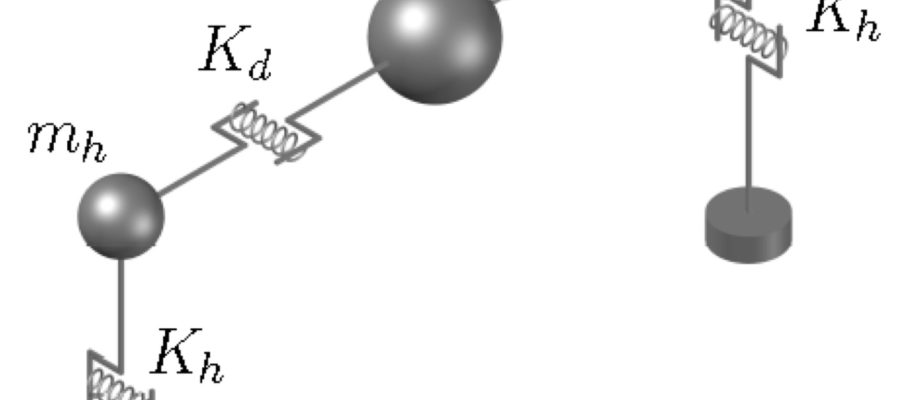Using a simplified nonlinear mass-spring model this work provides an examination of how inelasticity in the vertical and horizontal (diaphragm) lateral force resisting system interact to determine force reductions under seismic motion. In the one-story case inelasticity in the vertical system (high R) is strongly influential in reducing demands in the diaphragm, while the converse inelasticity in the diaphragm (high Rs) is only moderately effective in reducing demands in the vertical system. The work is being expanded and validated against more complex models in the SDII project.
The work was presented as a conference paper at the 11th National Conference on Earthquake Engineering, click here for the full text.
Paper Abstract: “The objectives of this paper are to investigate the time history response of buildings across a wide range of wall and diaphragm periods, where inelastic behavior in both the walls and diaphragms is possible, and compare this behavior with current design assumptions. Design specifications such as ASCE7-16 are beginning to explicitly recognize and account for inelasticity in both the vertical (walls) and horizontal (diaphragms) lateral force resisting systems (vLFRS and hLFRS) during earthquakes. Newly developed diaphragm provisions now appearing as an alternate method in ASCE7 explicitly include inelasticity. Additionally, FEMA work has proposed new design procedures for rigid wall flexible diaphragm buildings that depart from the traditional view where all inelasticity is accounted for in the designated vLFRS. Left unanswered in these new approaches is how stiffness, mass, and ductility of the vertical and horizontal lateral force resisting systems interact – and whether inelasticity in the two systems can be considered independently and utilize their own seismic response modification coefficients (i.e. R for vLFRS and Rs for hLFRS). In the models employed herein each building story is approximated as three lumped masses, representing the walls and a diaphragm, connected through springs. The period of walls and diaphragms is varied, resulting in a large number of different potential building response. Vibration analysis and nonlinear time history analyses are performed on the models. Employing the FEMA P695 suite of 22 earthquakes, the average forces and ductility demands in walls and diaphragms are studied. The elastic interaction between walls and diaphragms is found to be greatest when the periods are similar; and this relation is likewise found in the inelastic studies. The building demands, when the walls are inelastic and the diaphragms are elastic, depend on the mass distribution, but generally follow the change of demand in the inelastic walls. More complex cases are studied and interactions, when either system is inelastic, are complex and summaries of base shear, wall/floor ductility demands, and equivalent lateral forces will demonstrate the results. This study has illuminated the interactions between walls and diaphragm in seismic analysis, and provided a better understanding for structural elements influence on each other during seismic loading. This work is part of a larger Steel Diaphragm Innovation Initiative and aims to better understand the role of inelastic diaphragm response on the behavior of steel buildings. Future work investigating more specific building archetypes and nonlinear full building models is underway.”
